Intro
Strokes are a leading cause of disability and death worldwide, affecting millions of people each year. Understanding strokes is crucial for preventing, diagnosing, and treating this condition. A stroke occurs when the blood supply to the brain is interrupted, either due to a blockage or a rupture of blood vessels. This interruption can cause brain cells to die, leading to a range of cognitive, emotional, and physical symptoms. In this article, we will explore the importance of understanding strokes, the different types of strokes, and the steps you can take to reduce your risk of having a stroke.
Strokes can have a significant impact on an individual's quality of life, affecting their ability to perform daily tasks, maintain relationships, and engage in activities they enjoy. Moreover, strokes can also have a substantial economic burden on families and societies, with significant costs associated with medical care, rehabilitation, and lost productivity. Therefore, it is essential to understand the causes, symptoms, and treatment options for strokes to mitigate their effects and improve outcomes for those affected.
The complexity of strokes requires a comprehensive approach to understanding this condition. This includes recognizing the different types of strokes, such as ischemic, hemorrhagic, and transient ischemic attacks (TIAs). Ischemic strokes occur when a blood vessel in the brain is blocked, often due to a blood clot. Hemorrhagic strokes, on the other hand, occur when a blood vessel in the brain ruptures, causing bleeding in the brain. TIAs, also known as "mini-strokes," are temporary interruptions in blood flow to the brain that do not cause permanent damage but can increase the risk of a full-blown stroke. By understanding these different types of strokes, individuals can better recognize the symptoms and seek timely medical attention.
Understanding the Causes of Strokes
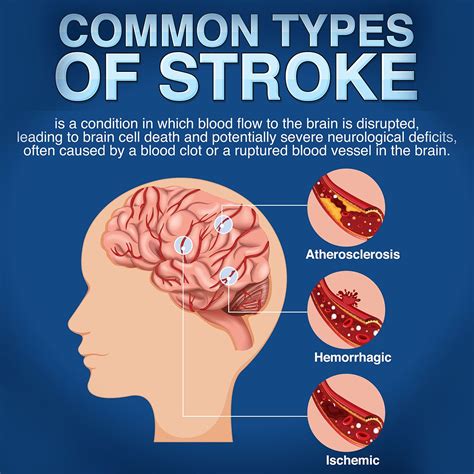
Risk Factors for Strokes
Some of the key risk factors for strokes include: * High blood pressure * Diabetes * High cholesterol * Smoking * Family history of strokes * Obesity * Physical inactivity * Atrial fibrillation * Age * Gender (men are more likely to have a stroke than women) By recognizing these risk factors, individuals can take proactive steps to mitigate their risk of having a stroke, such as adopting a healthy diet, engaging in regular physical activity, and managing chronic medical conditions.Recognizing the Symptoms of Strokes
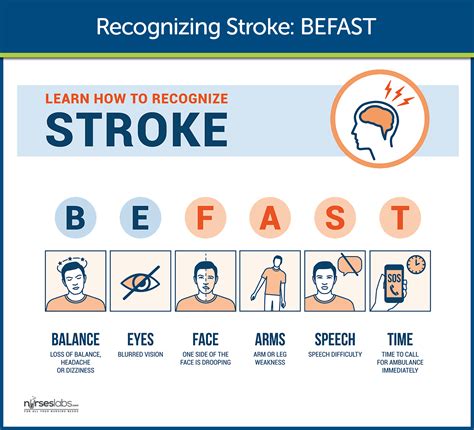
Acting Quickly in Response to Stroke Symptoms
Acting quickly in response to stroke symptoms is essential for minimizing damage and improving outcomes. When someone exhibits symptoms of a stroke, it is crucial to call for emergency medical services immediately. Prompt medical attention can significantly improve the chances of survival and reduce the risk of long-term disability. Additionally, medical professionals can administer clot-busting medications or perform surgical interventions to restore blood flow to the brain, reducing the risk of permanent damage.Preventing Strokes through Lifestyle Changes
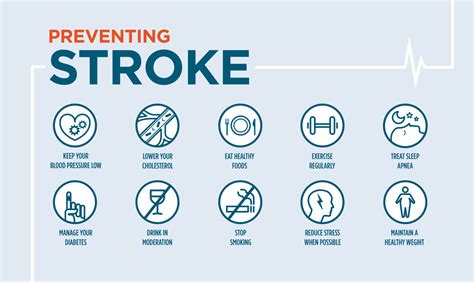
Strategies for Maintaining a Healthy Lifestyle
Some strategies for maintaining a healthy lifestyle and reducing the risk of strokes include: * Eating a balanced diet rich in fruits, vegetables, whole grains, and lean protein sources * Engaging in at least 150 minutes of moderate-intensity physical activity or 75 minutes of vigorous-intensity physical activity per week * Maintaining a healthy weight through a combination of diet and exercise * Managing stress through techniques such as meditation, yoga, or deep breathing exercises * Avoiding smoking and limiting alcohol consumption to no more than one drink per day for women and two drinks per day for men By incorporating these strategies into daily life, individuals can significantly reduce their risk of having a stroke and improve their overall health and well-being.Treatment Options for Strokes
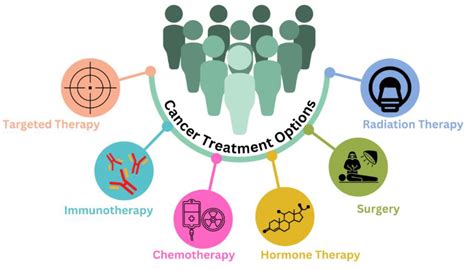
Rehabilitation and Recovery after a Stroke
Rehabilitation and recovery after a stroke are critical for regaining lost functions and improving overall quality of life. A multidisciplinary team of healthcare professionals, including physical therapists, occupational therapists, speech therapists, and nurses, can work with individuals to develop a personalized rehabilitation plan. This plan may include exercises to improve mobility and strength, strategies to compensate for cognitive and emotional changes, and techniques to adapt to any permanent disabilities.Supporting Loved Ones after a Stroke
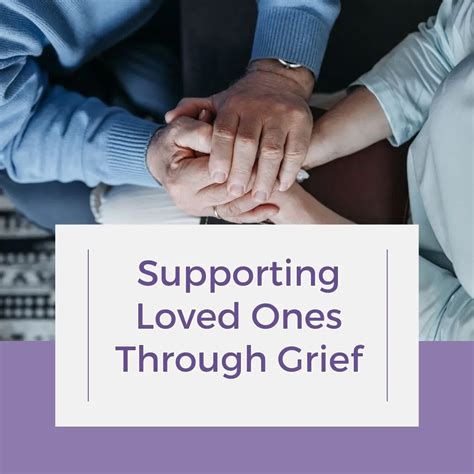
Resources for Caregivers and Family Members
Some resources for caregivers and family members include: * National stroke associations and support groups * Online forums and discussion boards * Local hospitals and rehabilitation centers * Home healthcare services * Respite care programs By accessing these resources, caregivers and family members can gain the knowledge, skills, and support they need to provide high-quality care and support to their loved ones.Conclusion and Next Steps

What are the most common symptoms of a stroke?
+The most common symptoms of a stroke include sudden weakness or numbness in the face, arm, or leg, difficulty speaking or understanding speech, sudden blurred vision or loss of vision, dizziness or loss of balance, and sudden severe headache.
How can I reduce my risk of having a stroke?
+You can reduce your risk of having a stroke by adopting a healthy lifestyle, including eating a balanced diet, engaging in regular physical activity, maintaining a healthy weight, managing stress, and avoiding smoking and excessive alcohol consumption. Additionally, working with your healthcare provider to manage chronic medical conditions, such as high blood pressure and diabetes, can also help minimize your risk.
What are the different types of strokes?
+There are three main types of strokes: ischemic, hemorrhagic, and transient ischemic attacks (TIAs). Ischemic strokes occur when a blood vessel in the brain is blocked, often due to a blood clot. Hemorrhagic strokes occur when a blood vessel in the brain ruptures, causing bleeding in the brain. TIAs, also known as "mini-strokes," are temporary interruptions in blood flow to the brain that do not cause permanent damage but can increase the risk of a full-blown stroke.
